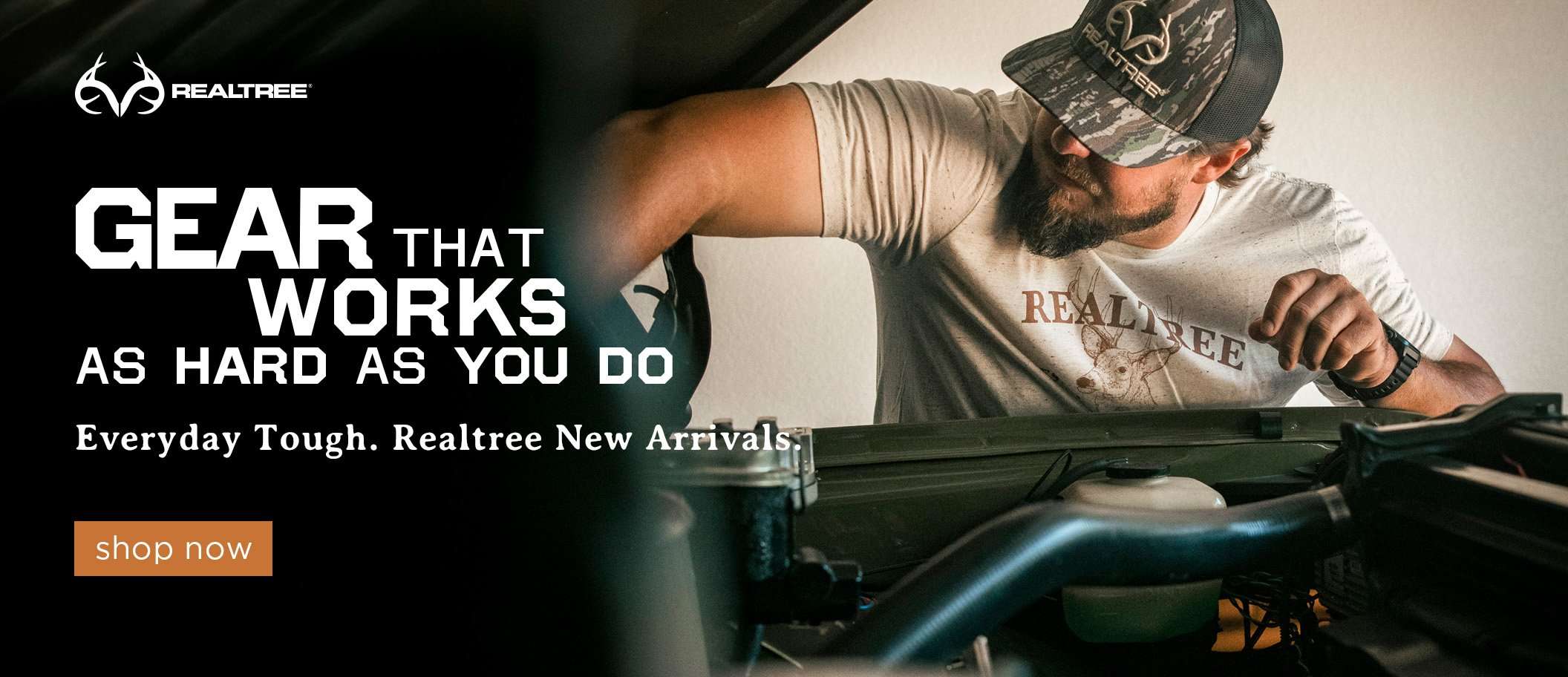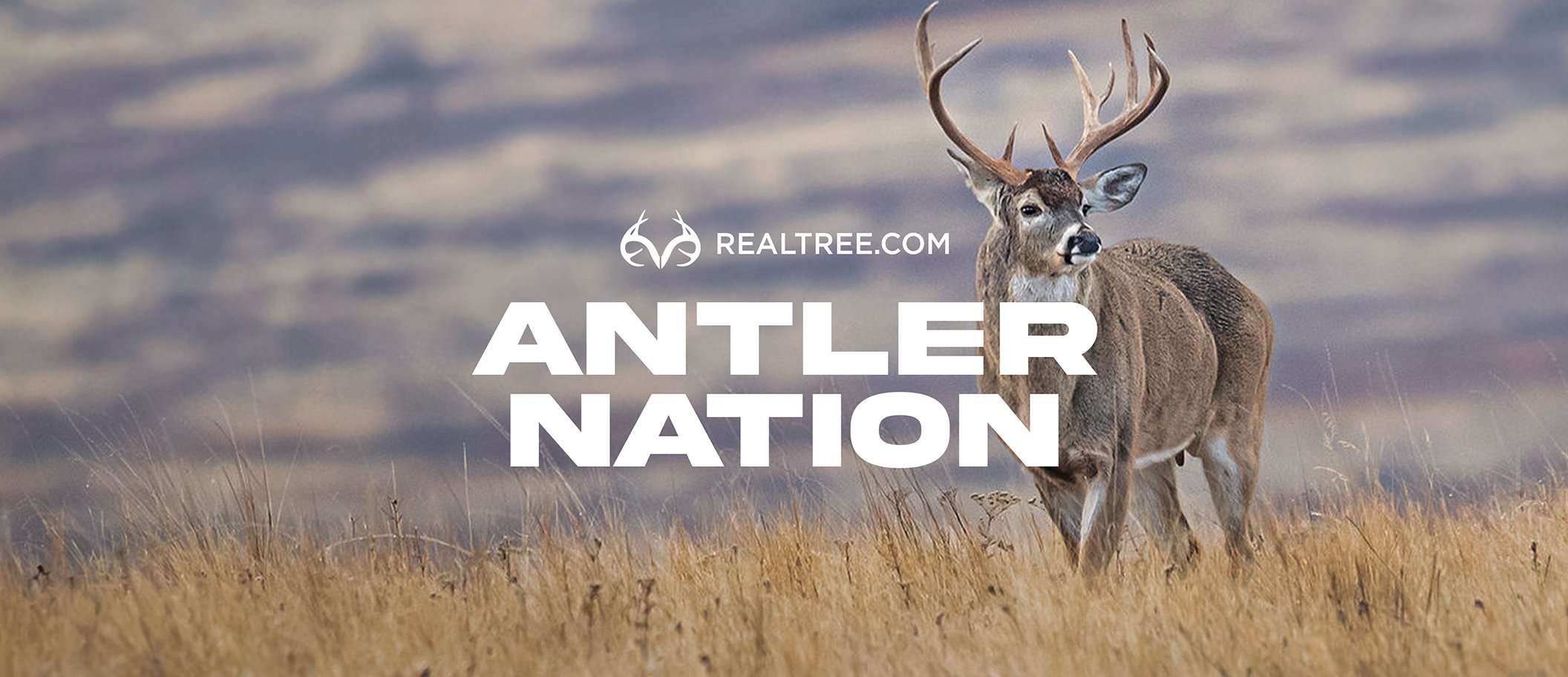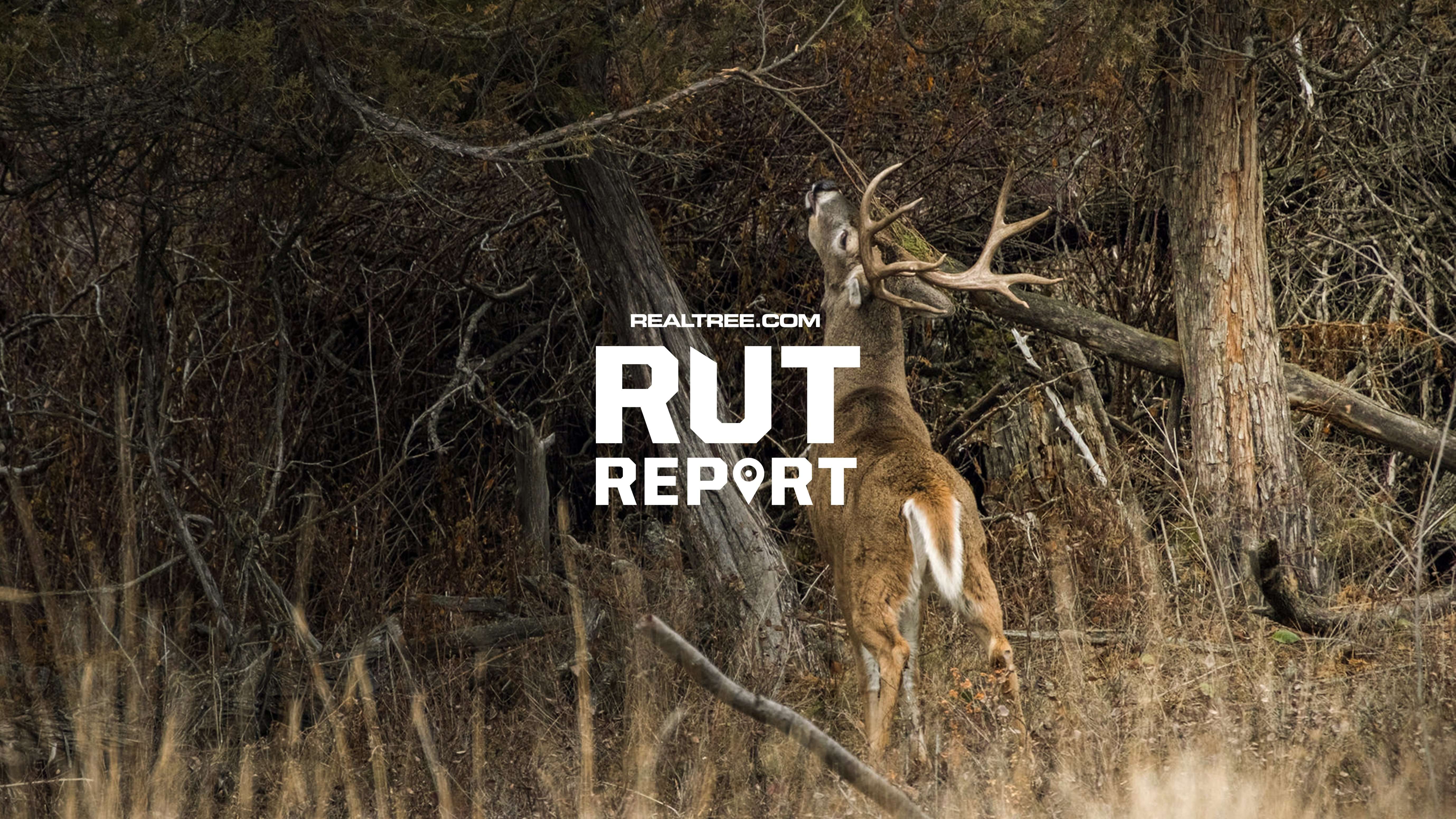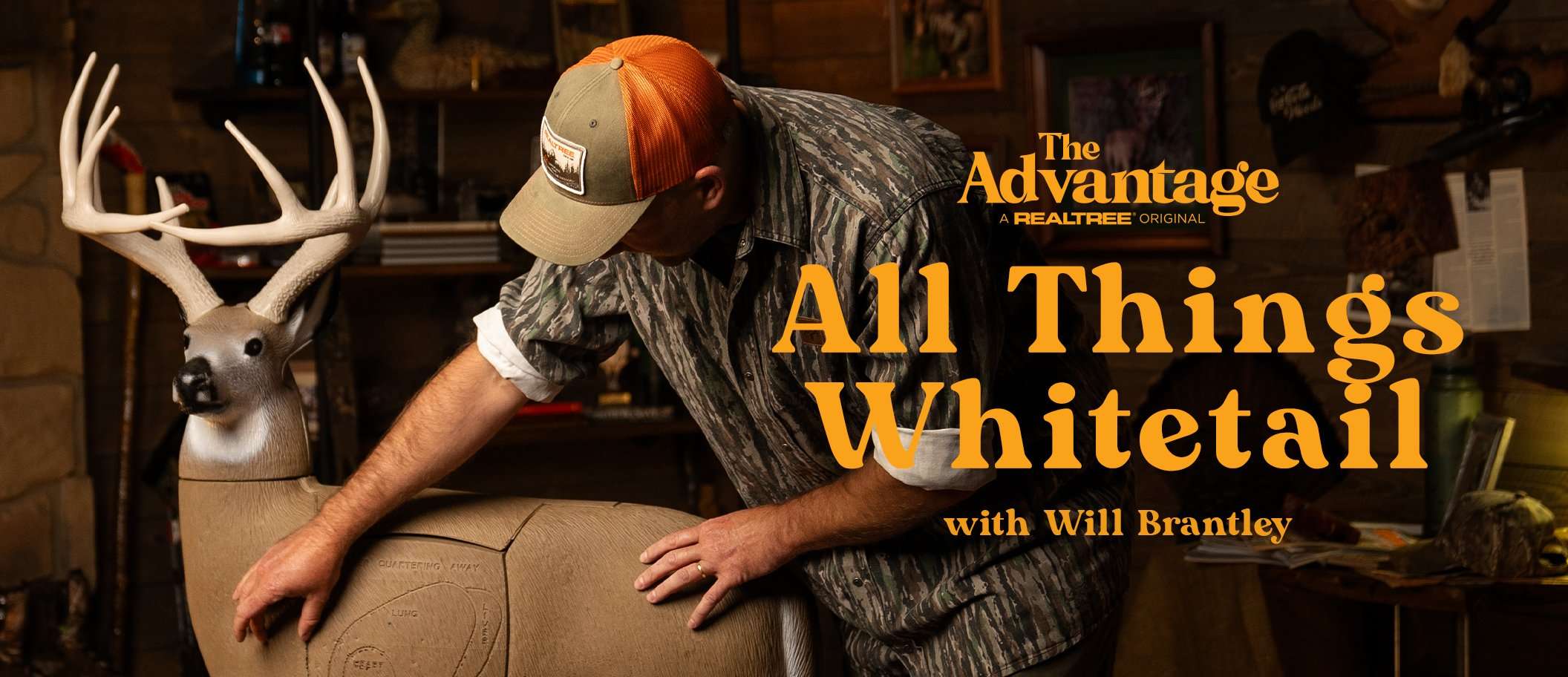Hear that? It's the coyotes laughing at you and your hunting efforts
Coyote hunting experts like Mark Zepp can make it look so easy.
No matter how many times you watch guys like that stack up predators on video, you just can't figure out how to duplicate their success. They seem to bring coyotes running to the gun every time they make a rabbit squeal, but you've only managed to call in a few crows and one stray dog looking for an easy meal. You've spent a few months' worth of rent on rifles, lights, and calls. You're developing tinnitus from listening to the scream of a dying rabbit over and over. And, still, you haven't gotten a single 'yote to show for your efforts.
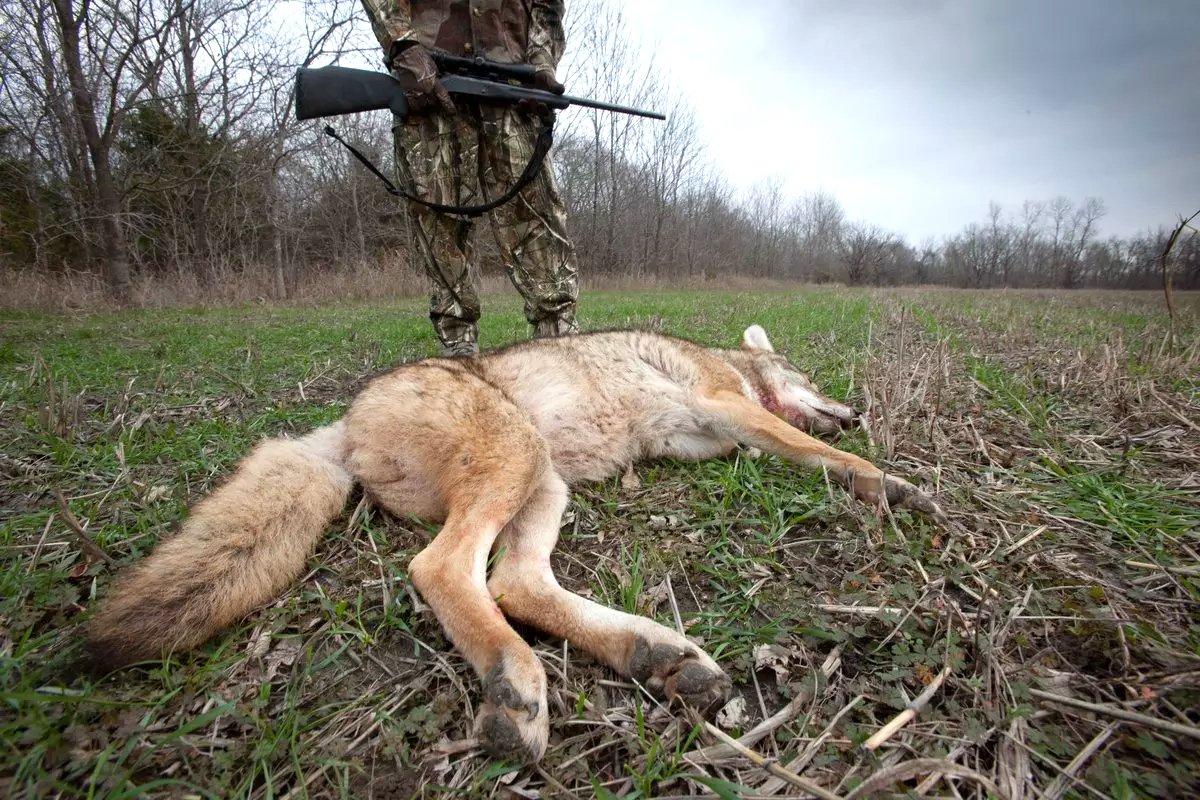
Having trouble calling coyotes? You might be making one of several common mistakes. Image by Russell Graves
There is hope. Chances are you're making some type of boneheaded move that's keeping the coyotes away. All you have to do is figure out what that is. To help things along, we've compiled a list of eight common mistakes that rookie coyote hunters make, and solicited some advice from the experts on how to fix them.
1. YOU’RE HUNTING WHERE THERE ARE NO COYOTES
You might be surprised at how often this happens.
Unlike deer hunters who scout for months in search of a big buck, coyote hunters have a tendency to say, They should be here and set up in an area where there may or may not be many coyotes.
Hunting in an area that is nearly void of coyotes is a big waste of time and energy. Scouting helps you to avoid that trap. Look for tracks, kill sites, and scat, and it's not a bad idea to pay attention to coyote vocalizations to determine where they call home. It's well worth a few hours of your time to greatly up the odds of success when you're hunting. Once you do find an area with coyotes, don't run them all off with a sloppy approach to your calling setup.
Don't Miss: Hacks for Hunting Pressured Coyotes
2. YOU’RE USING THE WRONG CALL
Coyotes don't just come running anytime they hear something that sounds like a dinner bell.
With all the coyote hunters out there it's hard to find a mature dog that hasn't been called to, says predator hunting expert Fred Eichler. Many are educated and often turn tail and run when they hear the common sounds used by most coyote hunters. By using the calls coyotes haven't heard, or that aren't commonly used, a new caller will have more success. I often use bird calls like a turkey in distress or woodpecker distress or I use fawn bleats or puppy screams to bring in call-shy dogs.
For new coyote hunters, Mark Zepp recommends an electronic caller.
The reliability of today's electronic calls make it easy for anyone to go out and give it a try without worrying whether or not they are making a correct sound with a hand call, he says.
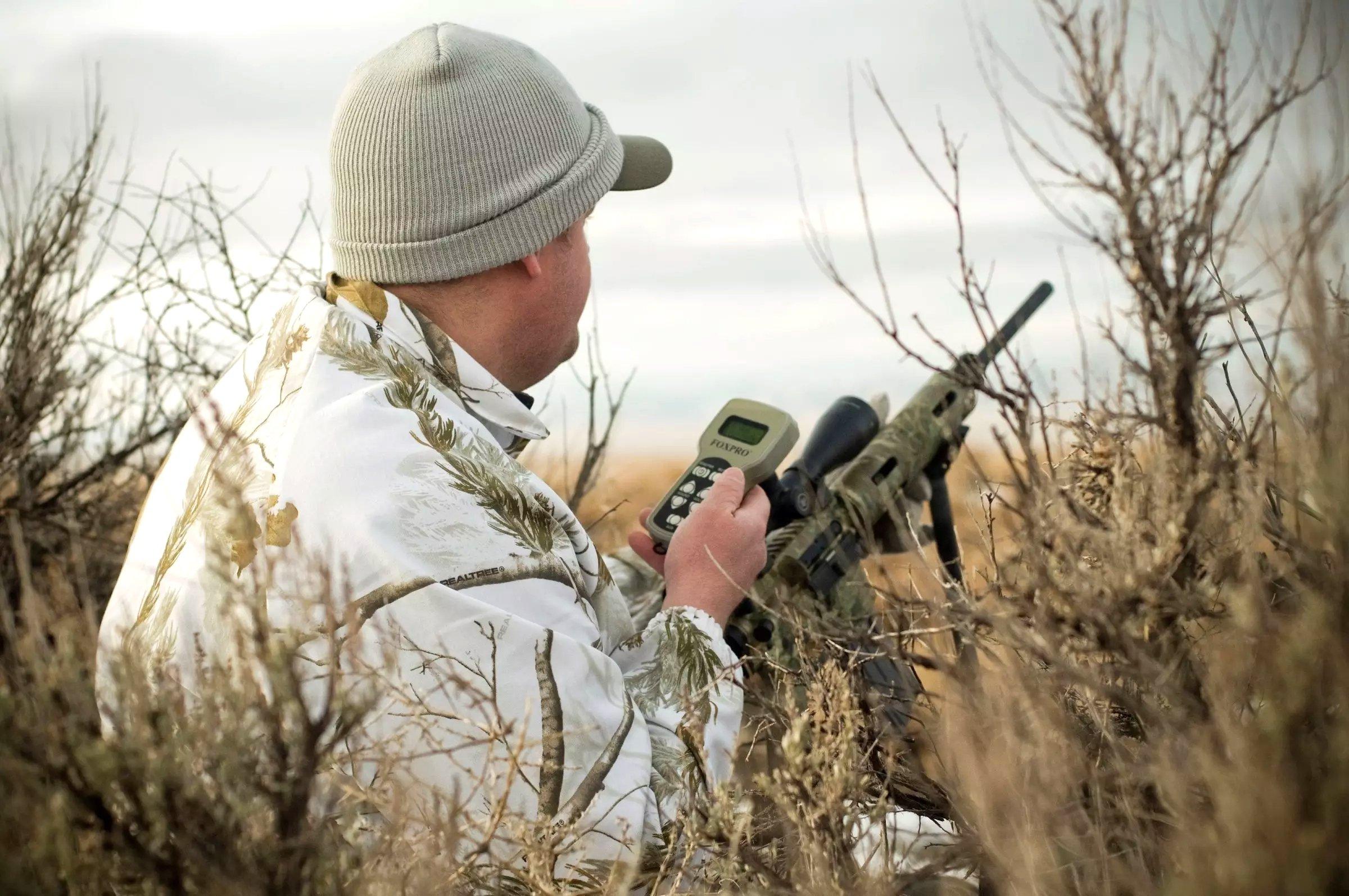
Mature coyotes might spook when they hear sounds commonly used by most coyote hunters. Image by John Hafner
3. YOU’RE NOT SEEING THEM
Just because you haven't killed a coyote doesn't mean you haven't called one in. You probably have, but your setup was flawed and the coyote spotted you before you spotted it.
A common mistake for beginners is to sit down and start calling in an area with low visibility, Zepp says. If you can't see the predator, you can't get a shot at him either. Sometimes your only option is to hunt in thick cover, but it's best to move and call from a spot where you can see at least 50 to 75 yards, preferably much farther than that.
Train yourself to look for movement. An old coyote will often hang up in cover and check its surroundings before moving into the open.
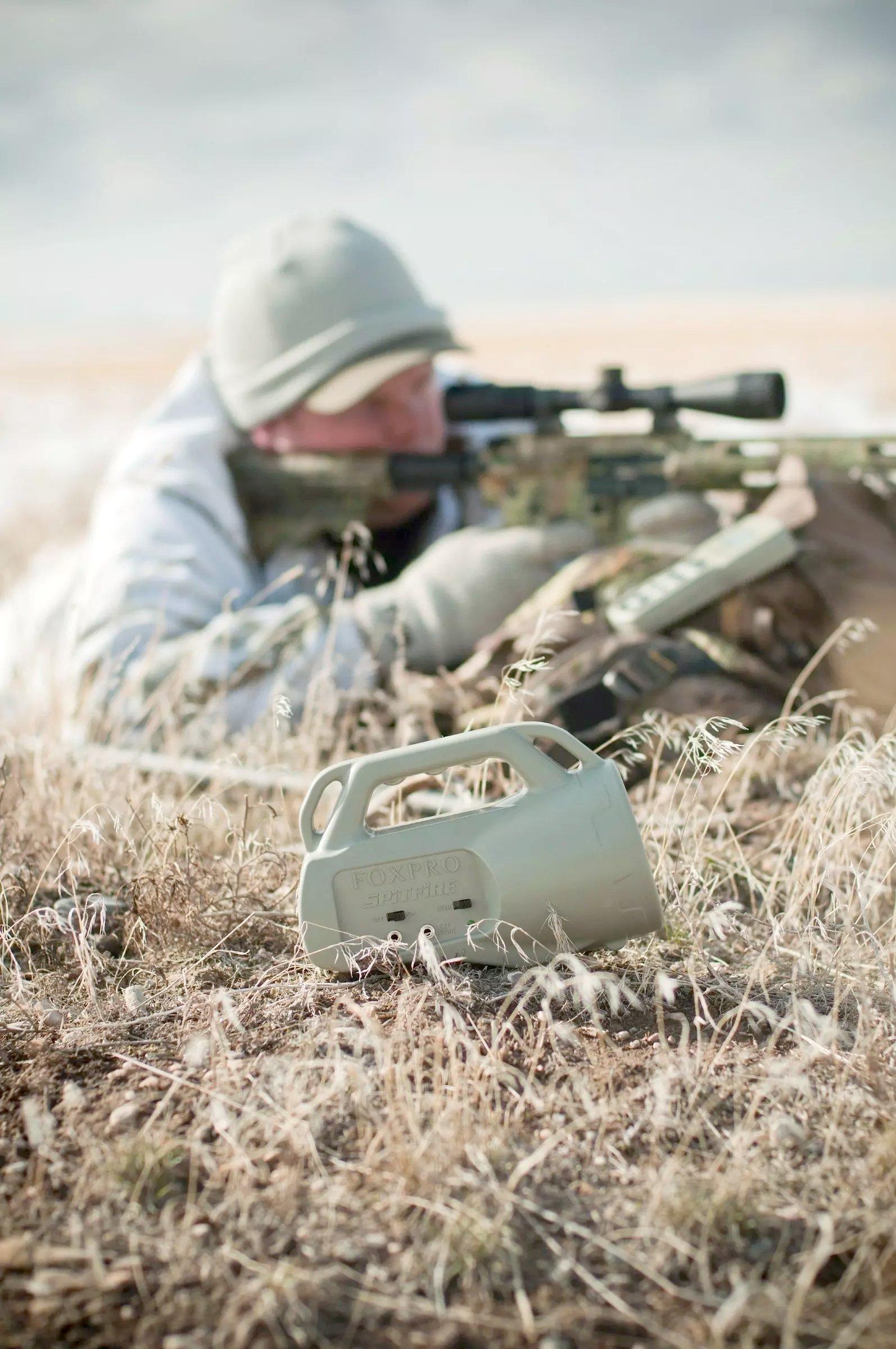
Calling too much might run off a dog. However, calling too little might not prompt a distant coyote to approach. Image by John Hafner
4. YOU’RE CALLING TOO MUCH OR TOO LITTLE
This is an area of great debate among serious coyote hunters. Calling too much can warn off a curious coyote, but calling too little or too softly may not entice a distant coyote to break cover.
As a general rule, open areas require louder, longer calling sequences. But be careful. A loud, long string of calls may scare away incoming coyotes in high-pressure areas.
This is one of those mistakes that only experience can remedy. Keep notes on how you call in certain areas and what the outcomes were. Over time, you'll start to identify patterns that worked. And ones that didn't.
Don’t Miss: How to Pick the Right Sounds When Hunting Coyotes
5. YOU’RE SPOILING YOUR SETUP
Your positioning is critical to success, and a good setup starts from the moment you arrive at the location you intend to hunt.
Zepp says he's seen plenty of hunts ruined before they even began thanks to sloppy approaches and slamming truck doors.
Coyotes are extremely observant creatures. If you don't pay attention when entering their world, you'll continue to struggle hunting them.
Before you plop down in an overgrown fencerow just because it's easy, ask yourself if it's truly the best place to be. Is the wind right? Can you see? Can you be seen? If you're hunting public land, odds are high that convenient spot has been hammered hard. You must choose locations based on effectiveness and not ease of entry or comfort.
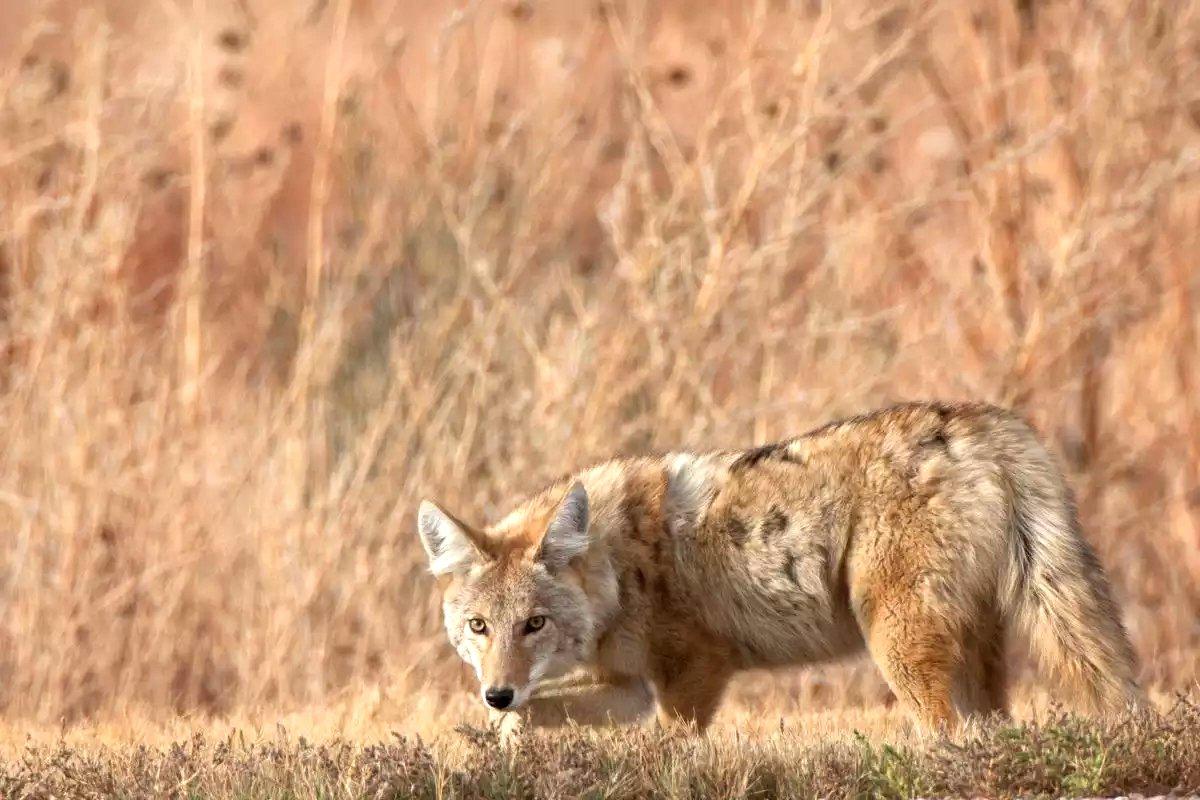
Pressured coyotes won’t fall for standard tactics every other hunter uses. Be smart and innovative in your approach. Image by Russell Graves
6. YOU DON’T HAVE ENOUGH PLACES TO HUNT
If the entirety of your coyote-calling kingdom is composed of one 40-acre chunk, you're probably going to wear that spot out pretty quickly. The good news is that many of the landowners who will shut the door in your face the moment you say the word deer will welcome you upon hearing the words kill coyotes.
Take the time to knock on a few doors and build relationships with local landowners. You might gain access to ground and valuable intel about where the coyotes are as well. Remember, tearing up fences, trespassing, littering, and otherwise disrespecting landowners is a great way to lose your hunting rights (and those of others) on a property.
Don’t Miss: 4 Guns Every Coyote Hunter Needs
7. YOU’RE GIVING UP TOO SOON
A common mistake, according to Eichler, is giving up on a set too soon.
Whether I am calling in Florida or Canada I sit a minimum of 30 minutes, he says. The only exception is if it's snowing, raining, or really windy and I know the call isn't carrying as far. On a calm day or with a 10-mile-per-hour wind or less, I have a lot of coyotes come in after 20 minutes. A lot of newbies are packing it up by then.
Give your calling location enough time to work. A good rule of thumb is to wait 30 minutes before moving on.
8. YOU’RE HUNTING PRESSURED DOGS
So let's wrap this up. Hard-hunted coyotes are smart coyotes. Why? Because the dumb ones are already dead.
If you're a newcomer and you have spent some time calling, odds are good you've made one of the mistakes listed above and educated coyotes. But don't worry too much about that — even if you didn't, odds are good someone else did.
Coyotes living in heavily hunted areas are harder to hunt. That's just the way it is. But by following the advice you've just been given and doing what you can to hunt smart, you can turn the tide.
Pressured coyotes aren't going to fall for the same song and dance that every other hunter in the woods is throwing their way. Be innovative. Try different calls, keep it subtle, and keep it smart.
Don’t Miss: New Bills Would Allow Year-Round Coyote Hunting in Michigan
SIDEBAR: WHAT DO YOU NEED IN A COYOTE HUNTING SCOPE?
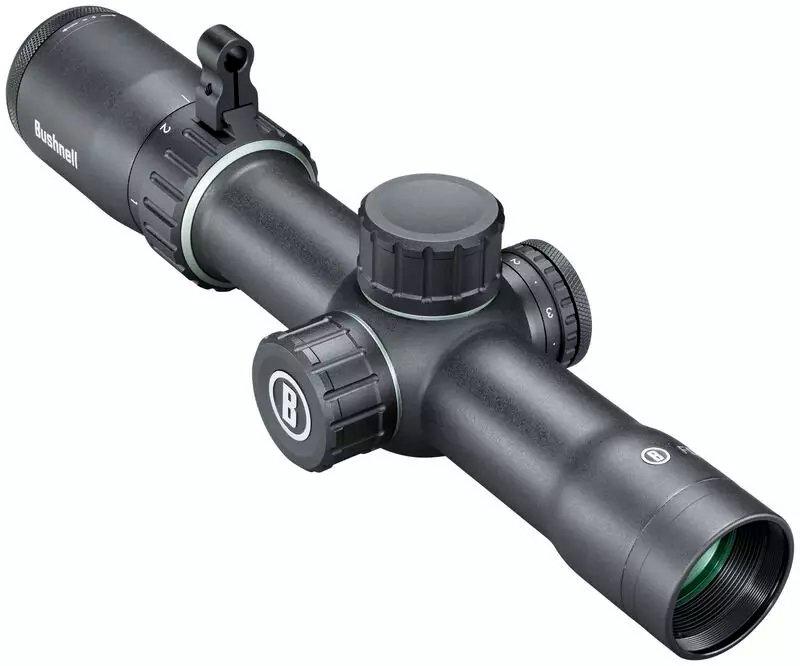
The Bushnell Forge 1-8x30 is an ideal scope for many coyote hunting scenarios.
Long-range shooting and coyote hunting are not as synonymous as you might think. Most called-up coyotes, even out West, are shot within 100 yards, and sometimes a lot closer than that. A low-magnification scope with fast target acquisition can be a handy thing in situations like that, especially if multiple coyotes respond to a call. This 1-8x30 Bushnell Forge is an ideal scope for many coyote hunting situations, particularly in the East, because the 34mm tube gathers an incredible amount of light, helping you make the most of early morning and late evening setups. The illuminated reticle makes it easy to get on a coyote slinking through the brush to your setup, too. And if you need to take a longer shot, 8x magnification is plenty — and you can zoom in quick, thanks to the throw lever on the magnification dial. If you're looking to top off your AR for coyote hunting out to 300 yards or so, a scope like this should get your attention. — Team Realtree


